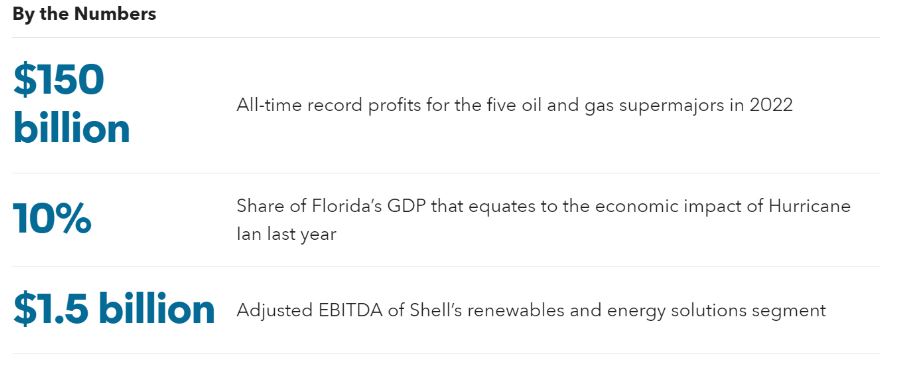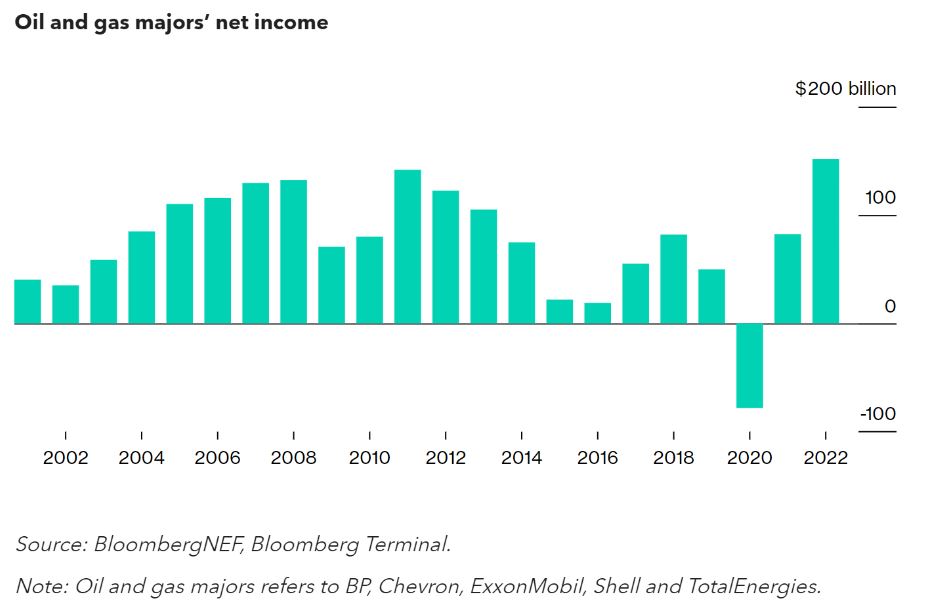By Maia Godemer, Senior Associate, Green and Sustainable Finance, BloombergNEF
Financial materiality is a concept familiar to most investment-market participants, namely the identification of factors affecting a company’s performance. It essentially focuses on the key challenges likely to impact profitability, enabling corporations to mitigate potential risks and ensure their appeal to investors and lenders is not impaired.
Investment managers with strategies that take into account environmental, social and governance factors face the challenge of deciphering which criteria – if any – are financially material. A consensus is key for the underlying assumptions behind ESG investing to be upheld, and not limit the scope of regulator enforcement.

The recent boom in ESG investing has been popularized by asset managers like BlackRock, who presuppose that ESG factors need to be considered when assessing medium- to long-term financial performance. They think that certain ESG criteria, at least, are financially material.

However, the future of ESG investing and sustainable finance overall is rendered uncertain by doubts over what constitutes financially material ESG factors. If the right factors are not identified, or if no ESG metric is considered financially material, the danger is that investors and lenders could end up ignoring some considerable financial risks. Ultimately, this has the potential to put the future of sustainable finance in jeopardy.
On a daily basis, financial market participants and regulators get contradictory signals about the existence of financial materiality for ESG factors. This reflects the conflicting timeframes, with such factors likely to impact the medium- to long-term values of companies, but less so on a short-term basis. Therefore, the next big challenge will be to create the right incentives to reconcile both goals, and this will require government intervention.
BNEF clients can read the full article here: Financial Materiality Marks Next Big ESG Investing Battle